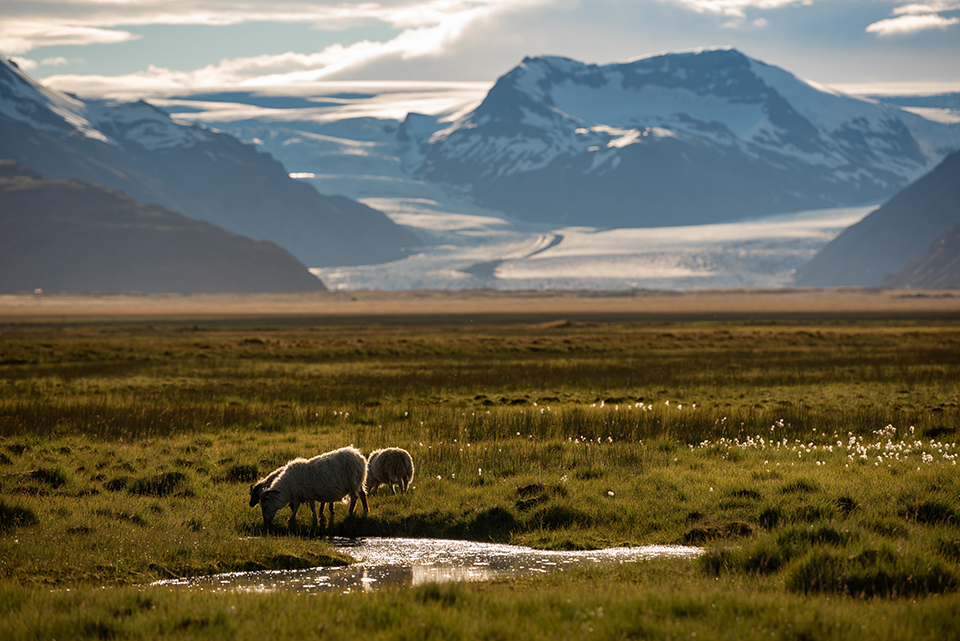In the Old Norse poem “Darraðarljoð” from Njál’s Saga we hear of the Valkyries—Óðin’s female warrior spirits—weaving the cloth of history and deciding the fates of men and nations. New book explores the very real and practical role women played in the North Atlantic culture and economy
The Valkyries’ Loom: The Archaeology of Cloth Production and Female Power in the North Atlantic (Cultural Heritage Studies)
by Michèle Hayeur Smith
University Press of Florida 2023
ABSTRACT

This groundbreaking study is based on the author’s systematic comparative analysis of the vast textile collections in Iceland, Greenland, Denmark, Scotland, and the Faroe Islands, materials that are largely unknown even to archaeologists and span 1,000 years. Through these garments and fragments, Hayeur Smith provides new insights into how the women of these island nations influenced international trade by producing cloth (vaðmál); how they shaped the development of national identities by creating clothing; and how they helped their communities survive climate change by reengineering clothes during the Little Ice Age. She supplements her analysis by revealing societal attitudes about weaving through the poem “Darraðarljoð” from Njál’s Saga, in which the Valkyries—Óðin’s female warrior spirits—produce the cloth of history and decide the fates of men and nations.
Bringing Norse women and their labor to the forefront of research, Hayeur Smith establishes the foundation for a gendered archaeology of the North Atlantic that has never been attempted before. This monumental and innovative work contributes to global discussions about the hidden roles of women in past societies in preserving tradition and guiding change.




